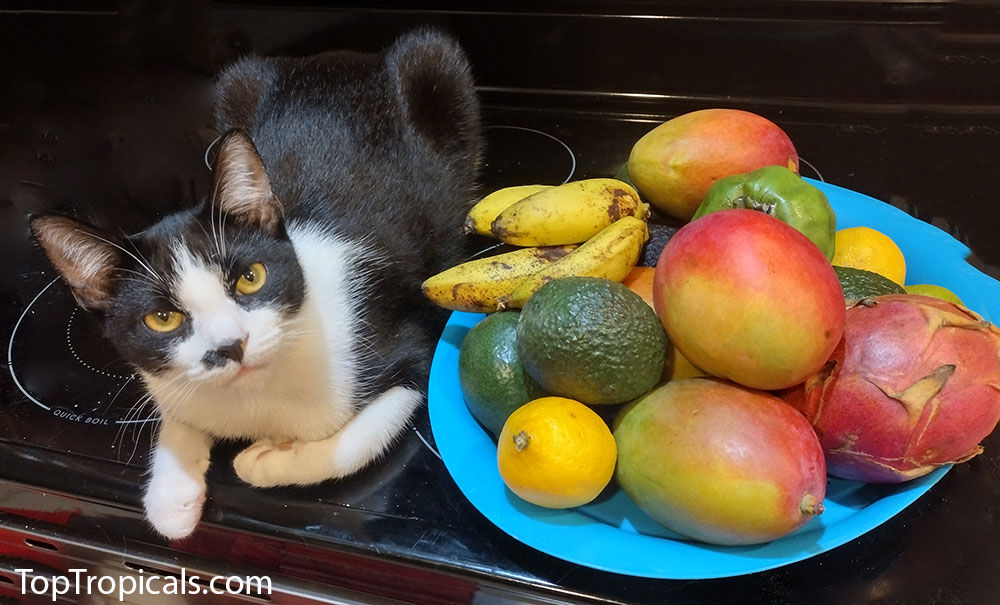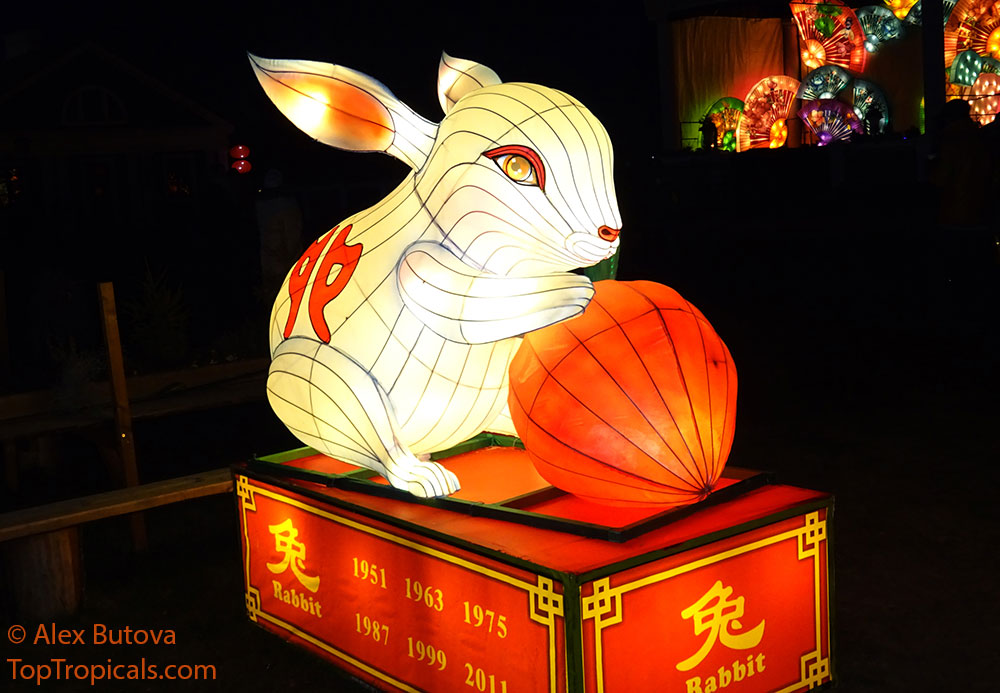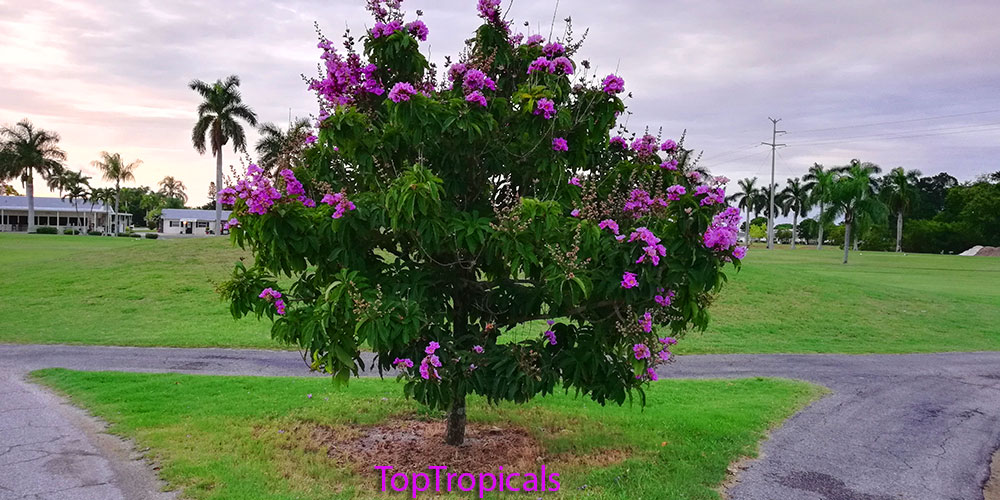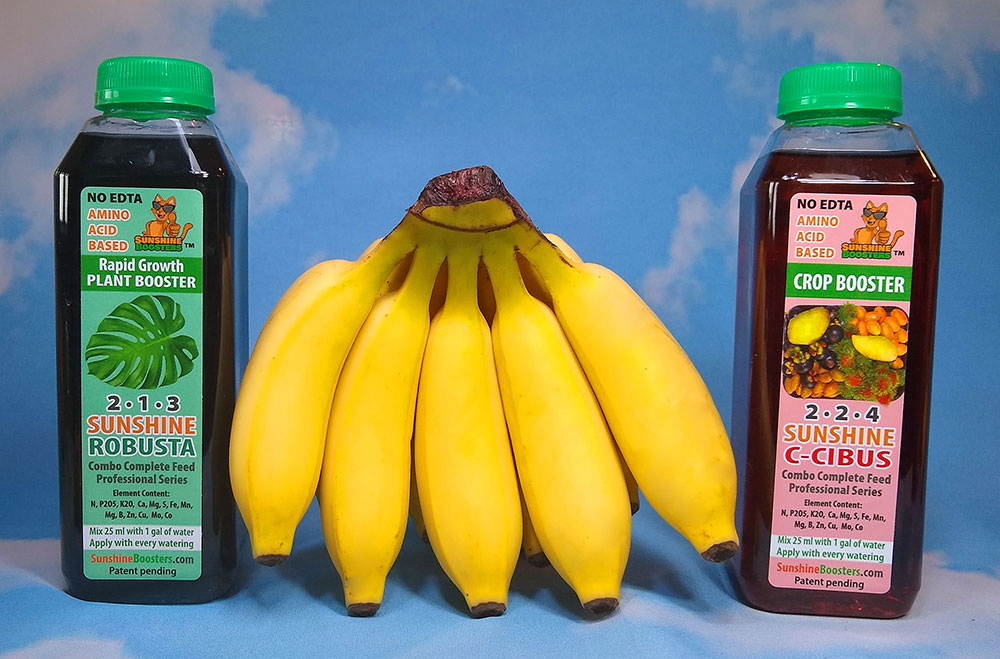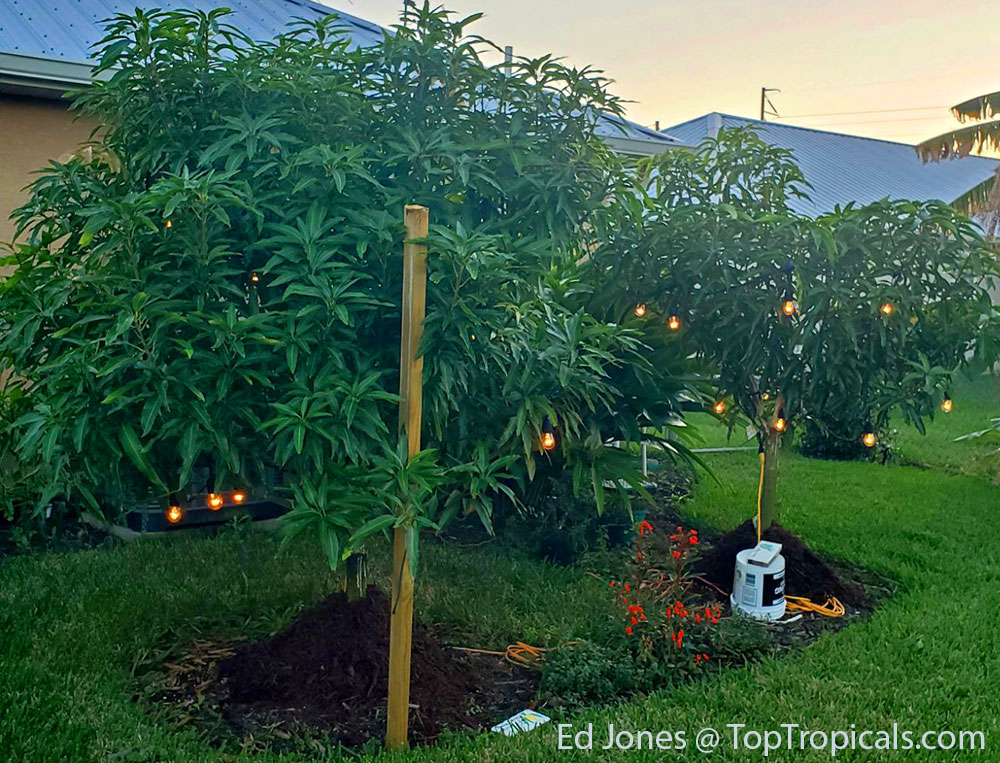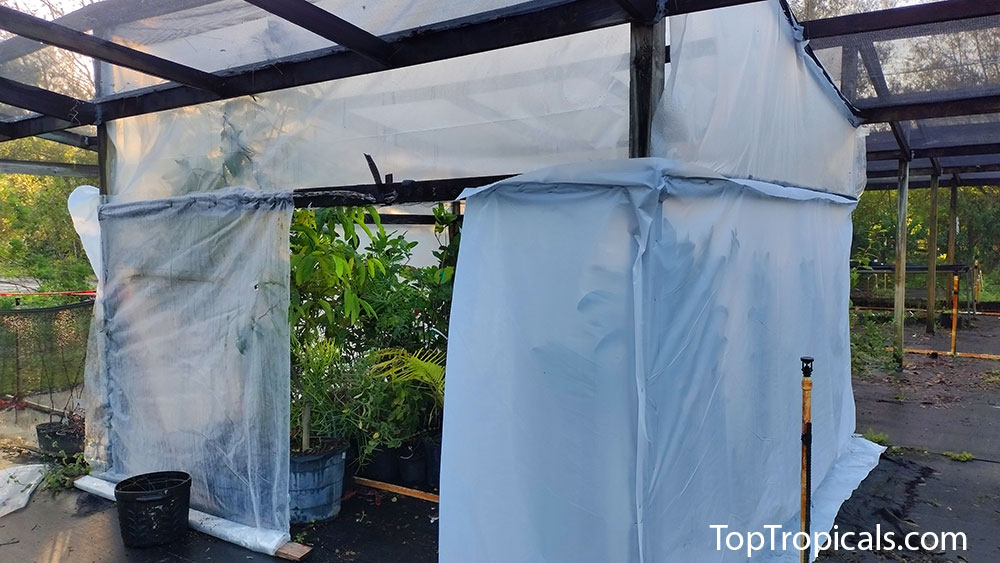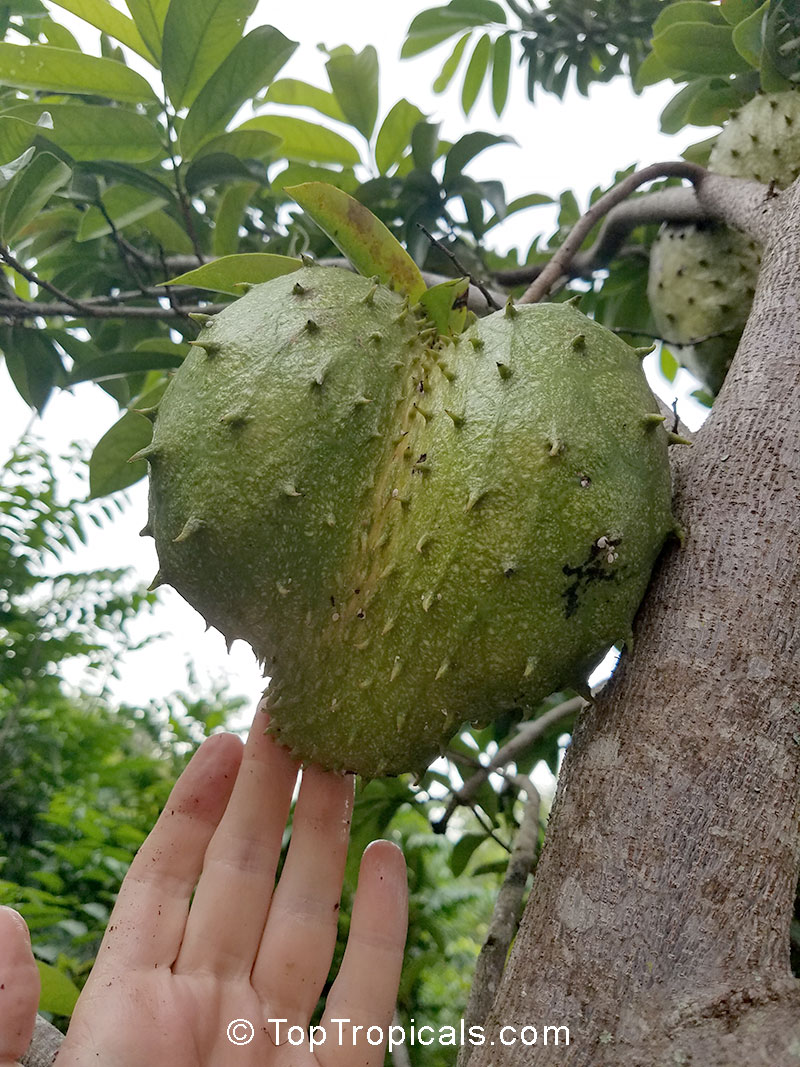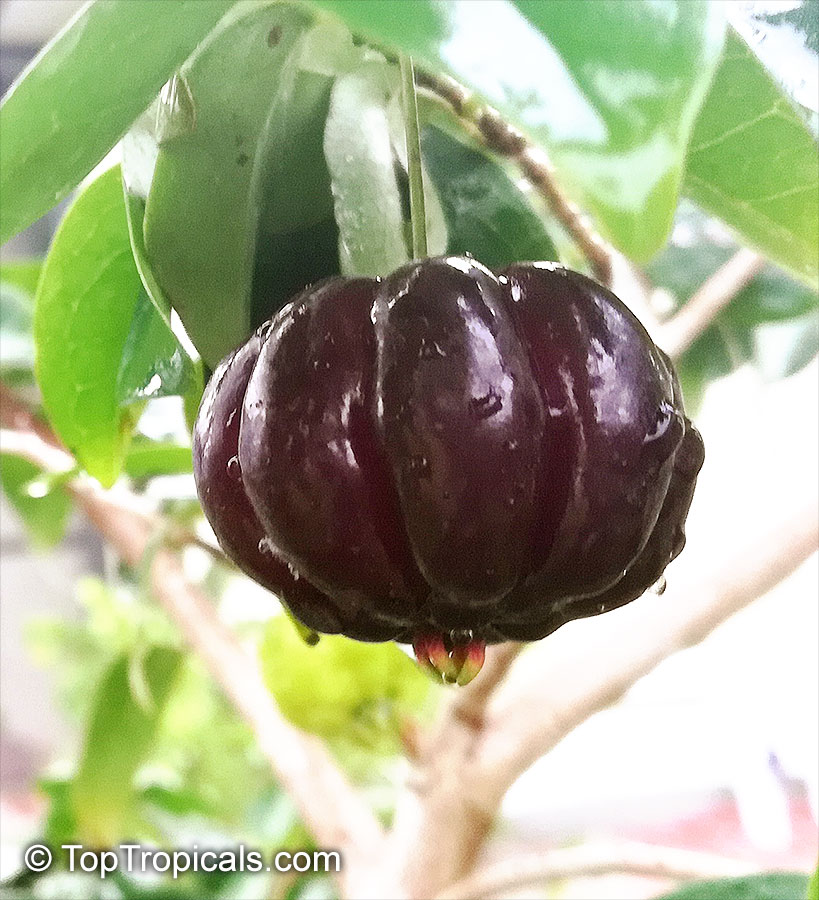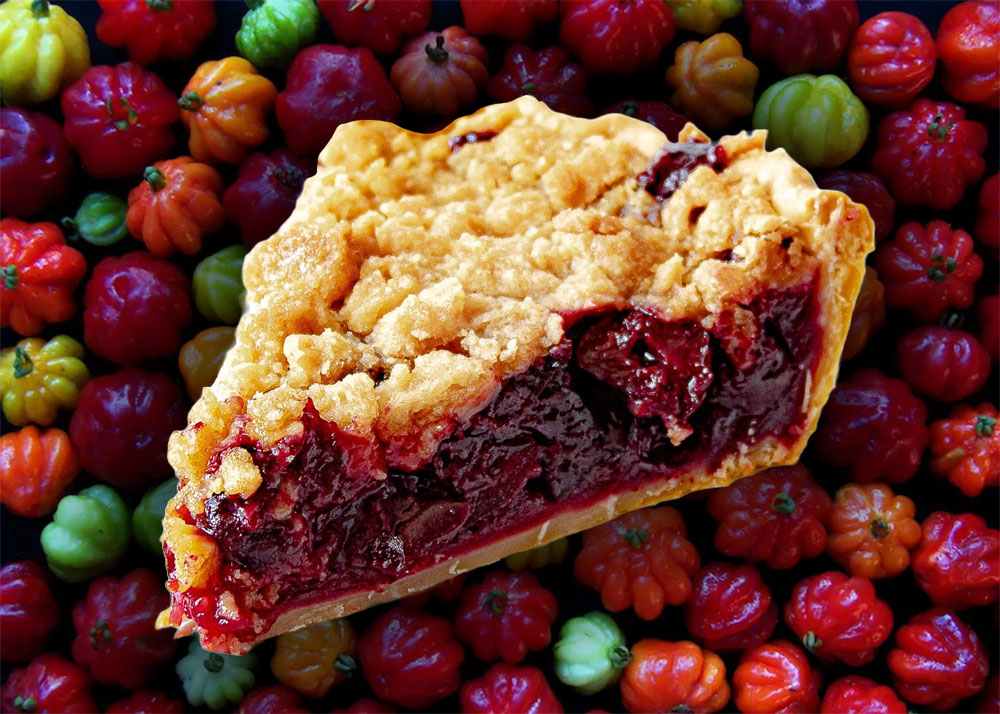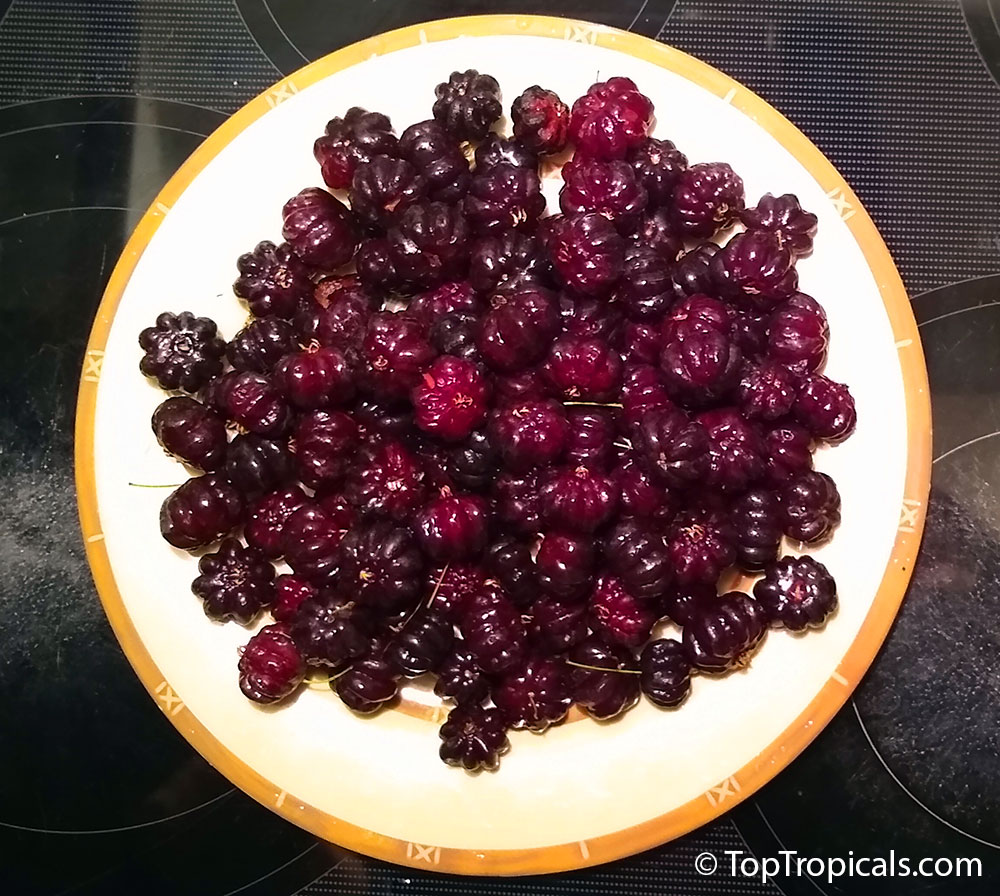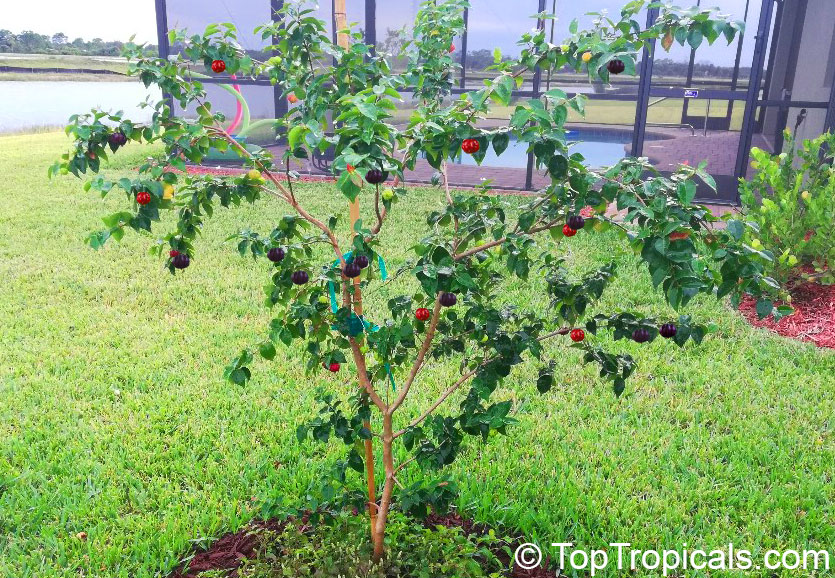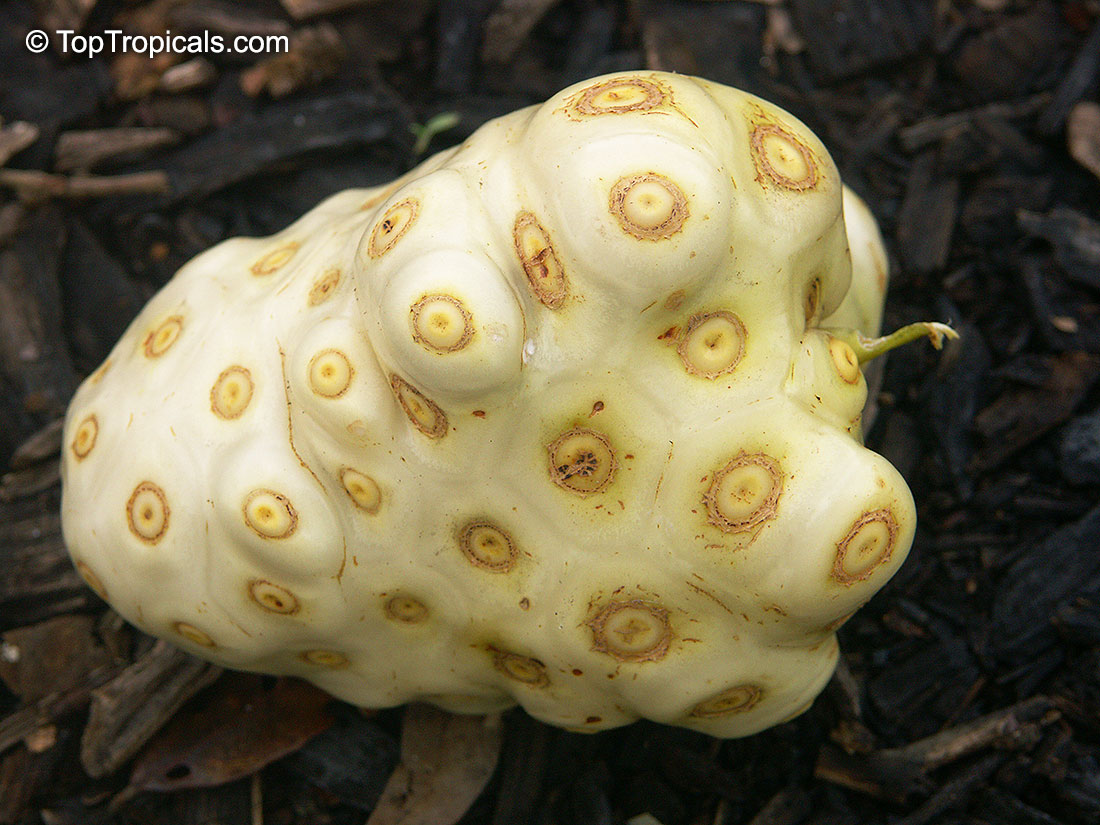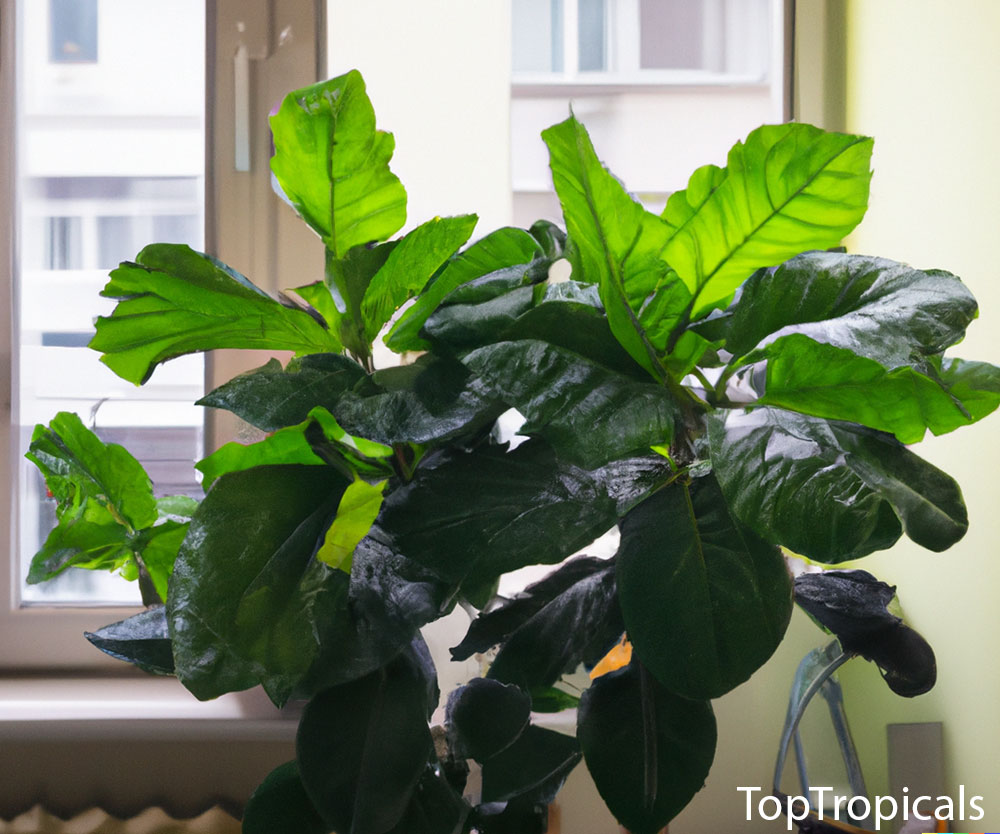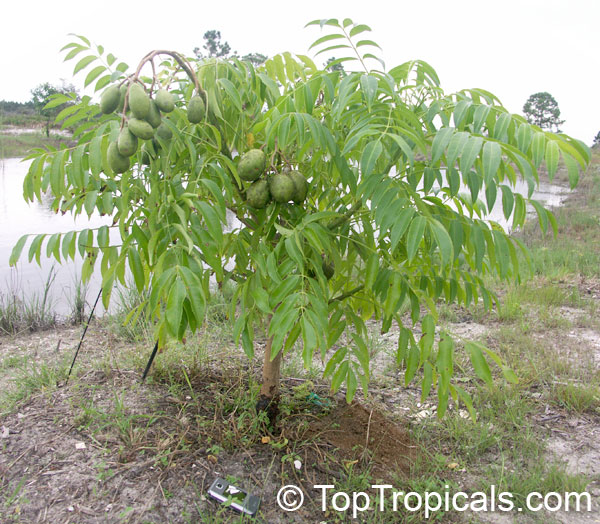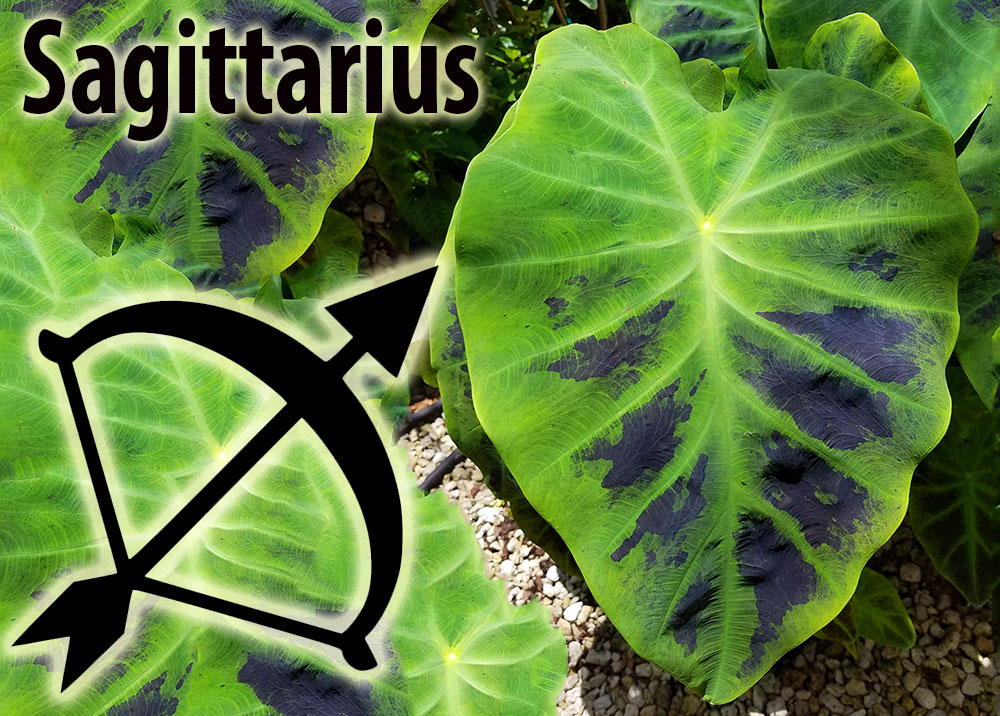Garden Blog - Top Tropicals
Date:
2023 - a year of Hope,
a year of the Cat who protects your crop
According to the Vietnamese Lunar Calendar, Year 2023 is a year of the
Water Cat, starting from January 22nd, 2023 - same as Chinese New Year.
While in Chinese culture it is called a Year of the Rabbit, the Cat was seen as more relevant to the daily lives of
Vietnamese farmers, who valued the cat's ability to protect their crops from rats, squirrels... or even
rabbits?
At the same time, the Vietnamese year of the Cat also symbolizes tenderness, gentleness, and kindness. The sign of Cat is a symbol of longevity,
peace, and prosperity.
2023 is predicted to be a year of hope
"Cats, rabbits, and gardens are what make a house a home."
Date:
Ten steps to Happy Gardening in 2023
Beginning of the year checklist
To assist our customers in creating a happy and enjoyable gardening experience this year, we consulted with our horticulturist to compile a list of ten recommended items. Here are the results...
1. A favorite. Get yourself a favorite small flowering plant that is compact, manageable, and easy. Such as Ground
Orchid. Keep it in a pot or plant in the ground by the entryway where it can
be seen often and enjoyed.
2. A fruit of your labor. You need at least one (or one more) fruit tree for your
garden, or for container culture if you live in colder climate. Growing and
especially harvesting tropical fruit will make you happy. The Winner of the last
year was Cherry
Lolita - an easy, compact fruit tree that can produce almost year
around. Some fruit
trees will fruit right away!
3. Be exclusive. A rare plant is a must for every gardener. It can be a useful gem such as
Noni Tree
or an unusual-looking like a Bat Lily - Tacca. Show your friends and neighbors something different
they have never seen!
4. Make it cool. Finally plant that shade tree by your driveway. Yes it takes time to grow, but the sooner
you plant it, the sooner you get that shade! There are some fast growing species, some only take a couple of years to the mature
size.
5. Beauty. If you have an ugly fence or unwanted view in your yard,
cover it with a
flowering vine. Look at the beauty every day and make your life better.
Replace a boring standard hedge with colorful flowering shrubs that will make you smile.
6. Scent. Add some fragrant plants to your landscape and inhale their healing magic.
7. Tropical. For a shady corner, select a showy tropical with lush foliage such as Philodendron or Monstera, or
all time favorite
Banana. Get a feel of tropics.
8. Happiness of giving. Buy a gift plant for someone you care about but don't know how to thank them.
Live plant is the best expression of love and gratitude. If you are unsure
what plant to pick, ask our Team or simply buy a Gift Certificate that will never expire - let them chose the plant they
like.
9. Food for all. A set of quality liquid fertilizers is a must - try Sunshine Boosters that can be used year around. They will make your
plants healthy, strong, fast growing, cold hardy and disease-resistant. You can
choose formulas for different plant types from our selection, or simply buy online a Nutrition Kit of 8 bottles that will cover all your needs and save you
50% on fertilizer cost!
10. Share. Subscribe your friend to TopTropicals Newsletter so they can get a weekly Piece of Tropics in
their mailbox. Cool Cat Photos come as a bonus!
Make sure to always have on hand at least 2 main formulas of Sunshine Boosters - Robusta for vegetative growth, and C-Cibus that will satisfy plant needs for both fruit production and profuse flowering
Date:
Photo above: Stictocardia beraviensis - Hawaiian Sunset Bell - the most impressive
fast growing vine with stunning flowers colored as a dramatic Hawaiian sunset.
Order
Stictocardia online.
Date:
Cold protection for tropical plants
Pushing the limits of tropical gardening
The year is almost over but the winter is not. This Christmas weekend at our Sebring B-farm we had it down to 30F. As a tropical gardener, winter can be challenging, especially if you grow plants outside of tropical zones.
To protect your garden from the cold, consider the following:
1. Monitor freeze watches and be prepared to take action if
necessary.
2. Create temporary structures like mini-greenhouses using PVC pipes,
carport frames, or bamboo sticks to support covers.
3. Use covers such as frost cloth, cardboard boxes, blankets, and bed
sheets.
4. Use Christmas lights and other heating elements, including propane
heaters, to keep plants warm.
5. Add a layer of heavy mulch around plant trunks to protect them from the
cold.
6. Apply plant boosters that improve cold hardiness, such as Sunshine Epi,
Sunshine-Si, and Sunshine Superfood.
At TopTropicals B-Farm, we sprayed our plants with a special cold hardiness treatment Sunshine-Si and covered and wrapped everything we could. We also moved cold sensitive species inside greenhouses. All of our plants are looking great and happy!
Photo above: Mulching mango trunks and using Christmas lights for cold protection
Read more about this special treatment plan: Cold Hardiness Improvement Kit.
Photo above: Temporary wrapping of a section of a greenhouse with a plastic or frost cloth protects from a windchill. It may also win you a few degrees even without a heater. In this particular case, according to our temp sensors, it was 30F outside, and 41F inside this "dome", no heaters used.
Sunshine Boosters:
Last chance to stock up
at a lower price!
Sunshine Boosters are natural, amino acid-based liquid fertilizers made with only the highest quality ingredients. Starting in 2023, the pricing for Sunshine Boosters will be adjusting to reflect the increasing cost of supplies. This is your last chance to stock up on Sunshine Boosters before the end of the year! Sunshine Boosters are safe to use year around, with every watering.
Don't miss out on this opportunity to get the best value for your money!
Use discount for even better deal:
22FOR22
for 22% off orders $220+
Min order $220. Offer expires 12-31-22
Date:
The food of the Gods:
A legend of the Guanabana
Grow Your Own Food
Guanabana, also known as Soursop, is a tropical fruit native to Central and South America. It is known for its sweet, juicy flesh and has a variety of medicinal properties.
According to legend, Guanabana was once a rare and coveted fruit that only grew in the highest reaches of the Andes Mountains. It was said to have mystical powers and was believed to be the food of the Gods. Those who ate the fruit were said to be blessed with good health and long life.
One day, a young shepherd boy came across a guanabana tree growing in a remote valley. He plucked a fruit from the tree and tasted it, finding it to be the most delicious thing he had ever eaten. The boy returned to his village and told everyone about the magical fruit he had discovered. Soon, word of the Guanabana spread far and wide, and people came from all over to try the fruit for themselves.
As the demand for Guanabana grew, the fruit began to be cultivated and grown in other parts of the world. Today, it is enjoyed by people all over the world and is known for its unique flavor and health benefits.
Download Article from Tropical Treasures Magazine: How to grow Guanabana indoors. Hand-pollinating and fruiting.
Date:
Surinam Cherry Lolita and Bermuda Christmas Pie
By Alex Butova, the Witch of Herbs and Cats
Eugenia uniflora Lolita also known as Black Surinam Cherry, is a tropical fruit tree native to South America. Black fruited Surinam Cherry starts as red and turns black as it ripens and has exceptional flavor. The plant is vigorous and ready to fruit the same year. The fruit is very sweet, without aftertaste, large 1-1.2 inch, very juicy. The fruits are being eaten fresh, and also used in jams, jellies, and pies.
One popular use of Surinam Cherry is in Christmas cherry pie - Bermuda Pie, a traditional dessert served during the holiday season. The fruit is cooked down with sugar and spices to create a thick, flavorful filling for the pie. The dark red to really black color of the fruit adds a festive touch to the dessert.
In addition to being used in culinary applications, Surinam Cherry has a number of other uses. The tree is often grown as an ornamental plant due to its attractive foliage and bright ribbed fruit. The fruit is also used in traditional medicine in some parts of South America, where it is believed to have antioxidant and anti-inflammatory properties. The pulp is a good source of calcium, and a fair source of phosphorus and iron. Its juice is fermented into wine or vinegar.
Despite its many uses, Surinam Cherry is not widely grown outside of its native range in South America. However, it is becoming increasingly popular in tropical and subtropical regions around the world, where it is prized for its attractive appearance and flavorful fruit. This tropical plant can successfully be grown in a pot indoors in the cooler zones.
See Video:
Date:
Heat [Cat] Pack for Winter shipping
In the photo: James Coconuts and Riki are purrfectly hot People!
Not too warm on the way to your home? No problem! Heat Pack will help your plants to have a safe and warm trip from Top
Tropicals to your house.
Heat Pack maintains warm temperature while shipping, and is good for 20+ hours. It is a must if temperature drops below 40F in your area. Large orders require 2-3 packs. When ordering large 3-7 gal size plants (especially sensitive ultra-tropical plants), you may need 1 pack per plant. Contact us for more information on particular species.
Alternatively, we can
include a warm cat!
(subject to limited supply)
Date:
Noni, the Superfruit
Nature's Food and Pharmacy
At our Christmas Plant Market a few days ago, many guests purchased a Noni tree. Everybody loved its large, beautiful leathery leaves, and were buying Noni as a present. It was appreciated as ornamental, for example as a showy specimen tree with a tropical look for a pool area. But very few people actually knew that this tree was a source of a famous Noni Juice - a unique remedy from Mother Nature... Some were surprised the plant had so many health benefits! So we promised to tell more about Noni in our newsletter.
The Noni tree - Morinda citrifolia - is a beautiful ornamental tree because of its
glossy green leaves and curious fruit. The tree is prized for its medicinal
fruit.
The Noni is considered to be a "superfruit" because of its high levels of
antioxidants, vitamins, and minerals. The fruit, leaves, and roots of the Noni
tree are used in traditional medicine to treat a wide variety of ailments,
including pain, inflammation, and infections. Some people also use Noni fruit
and juice as a natural health supplement because of its potential health
benefits.
Additionally, the Noni tree is easy to grow and care for, making it a
popular choice for both gardens and houseplant collections.
For more information on health benefits of Noni, download pdf of Noni article (from our Magazine Tropical Treasures) and watch the video: Doctor Noni.
In the photo: Noni as a houseplant. So much better than a boring ficus!
In the photo: Noni is happily fruiting in 7 gal pot. It's a beautiful ornamental and a conversation piece.
Date:
Eight best fruit trees that produce right away
Grow Your Own Food
In the photo: Malpighia glabra - Barbados Cherry, Acerola
What fruit trees start fruiting right away?
Q: What fruit trees do you recommend that will start fruiting right away? I am 84 and I would really love to see the fruit sooner than later!
A: Most of grafted fruit trees will start producing the same year - such as Mango, Avocado, Peaches and other grafted trees. Besides, these are several garden favorites that start fruiting right in 1-3 gal container.
1. Eriobotrya japonica - Loquat
2. Spondias cytherea - June Plum
3. Psidium guajava - Tropical Guava
4. Musa sp. - Banana
5. Annona squamosa - Sugar Apple
6. Morus sp. - Mulberry tree
7. Eugenia uniflora - Surinam Cherry
8. Malpighia glabra - Barbados Cherry, Acerola
Date:
Plant Horoscope - Sagittarius
Zodiac Lucky Plants 11/22-12/21
By Alex Butova, the Witch of Herbs and Cats
...Of all three fire signs, Sagittarius is the least likely to care with growing plants.... In the short hours of
rest, he will gladly look and smell, and taste, and even will delighted with them (if time remains),
thinking: "Beautiful! I hadn't noticed before?" And, instructing someone to start growing the plants he likes, this
tireless Archer will hurry further...
Plants that can attract the attention of Sagittarius most often have large
spectacular flowers with a pronounced scent, often they have large, elongated leathery leaves. And
he also really likes fruits and nuts - he loves a deliciousness....
...Colocasia's and Alocasia's heart-shaped leaves, arrow-like (named also
sagittate!) shoots, and overall rarity makes these plants stand out next to
more traditional house plants. These plants are known as needing little more
love and care, but also for being able to return these benefits to their
gardener. Alocasias are so perfect for Sagittarius, he feels their vibrations,
which are so necessary for him in achieving his goals. They are the real
talisman for this sign...
